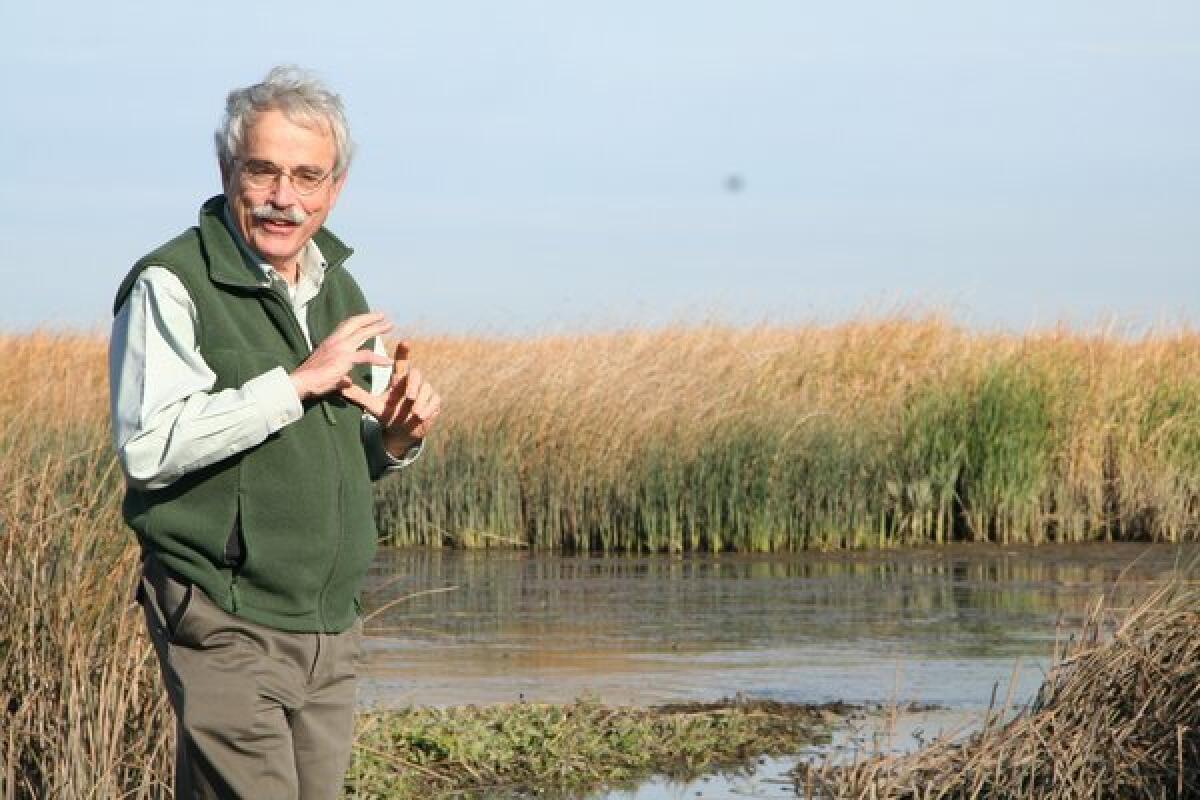California native fish could disappear with climate change

- Share via
Climate change could be the final blow for many of California’s native fish species, pushing them to extinction with extended drought, warmer water temperatures and altered stream flow.
The authors of a new study published online in the journal PLOS ONE used 20 metrics -- including species population trends, physiological tolerance to temperature increase and ability to disperse -- to gauge the vulnerability of native fishes to climate change.
The results: 82% of 121 native species were deemed highly vulnerable.
“Almost all of those fishes are in decline already and climate change is going to accelerate the decline,” said Peter Moyle, a UC Davis professor of fish biology and lead author of the paper.
“Disappearing fish will include not only obscure species of minnows, suckers and pupfishes, but also coho salmon, most runs of steelhead trout and Chinook salmon, and Sacramento perch,” he said.
Generally speaking, Moyle said, native fish in California and the Southwest are more likely to suffer from the effects of a warming climate than natives in other parts of the country because they are already in competition with humans for water in an arid region.
Global warming will raise surface water temperatures and is expected to increase the severity of droughts, shrinking habitat and adding to environmental stressors. “Anything that reduces the amount of cool or cold water going down the river is going to be hard on native fish,” Moyle said.
But most of California’s nonnative fish -- many of them introduced as game fish long ago -- are adapted to lake environments and will do just fine. The researchers found that only 19% of 43 alien species were highly vulnerable to climate change.
That could mean a lot of carp, largemouth bass, fathead minnows and green sunfish replace the state’s unique fishes.
Moyle, an authority on California fish, added that conservation measures could lessen the effect on natives.
“One of the obvious things to do is to re-operate the reservoirs and get more fish-friendly flows below” them, he said. The establishment of cool-water refuges for native fish is needed, the authors wrote, “even in urban streams such as those in the San Francisco Bay region.”







